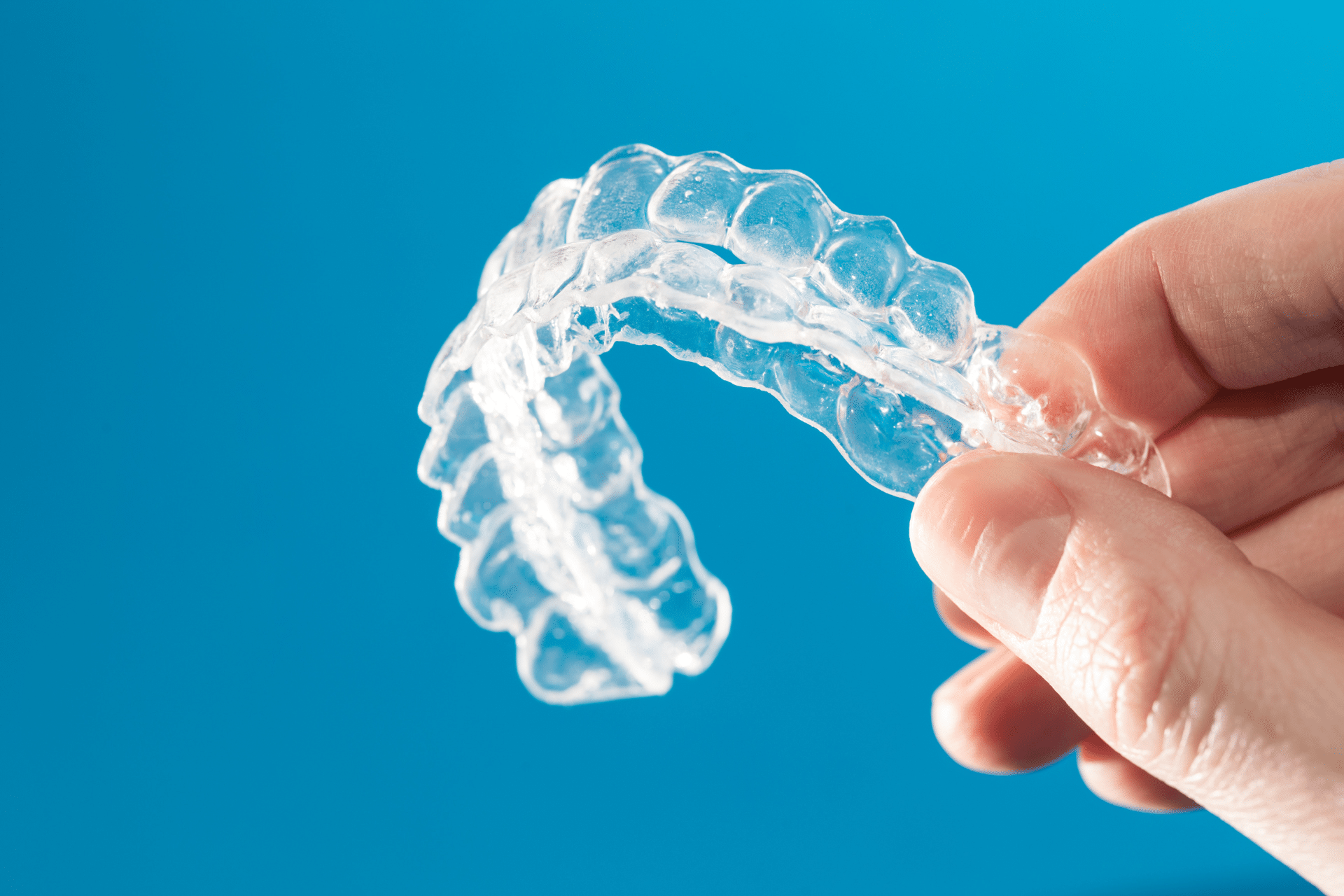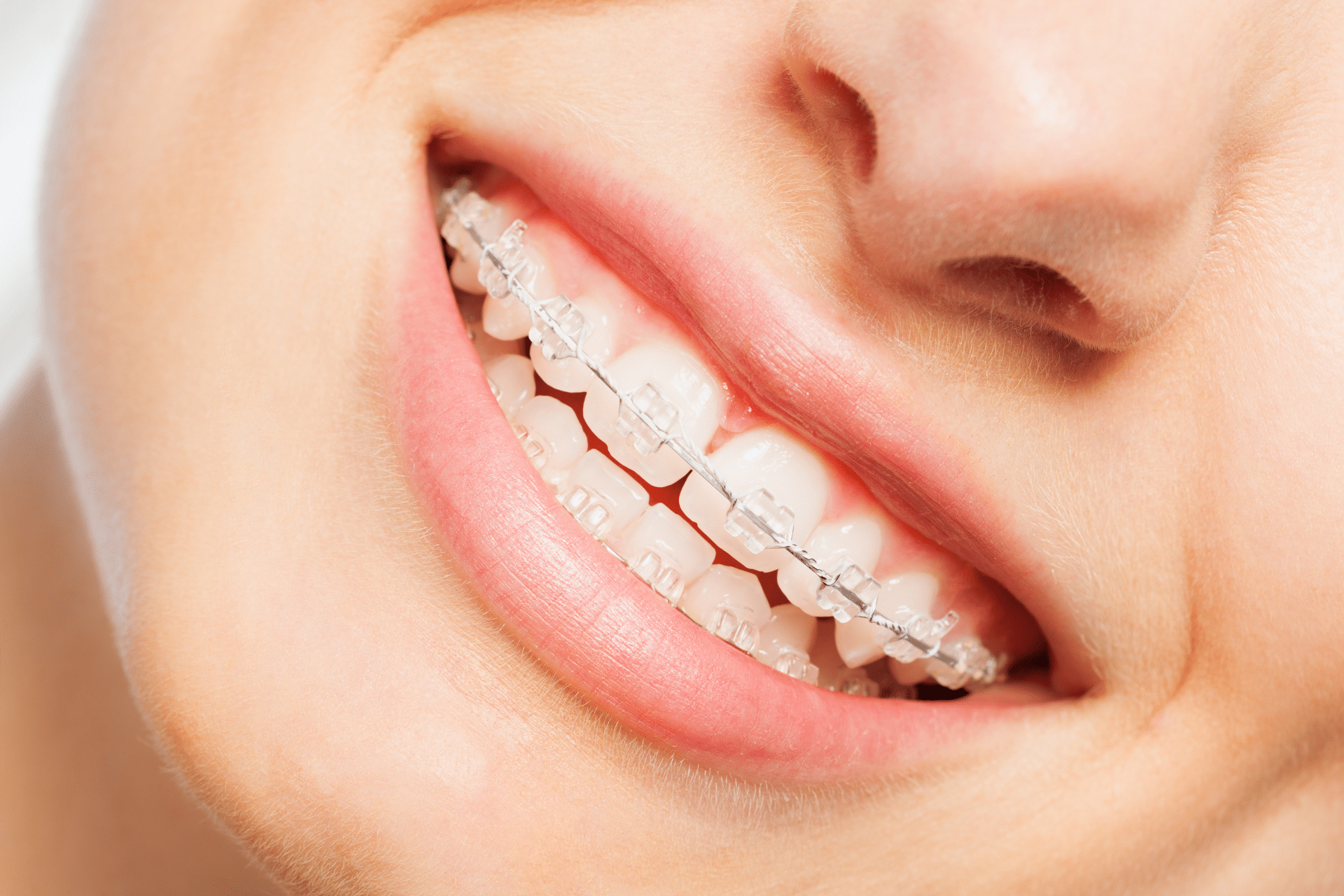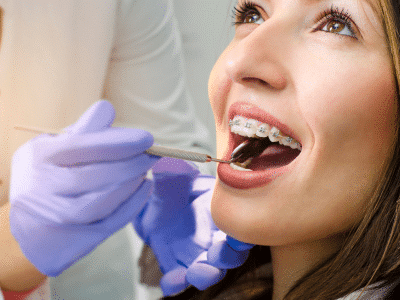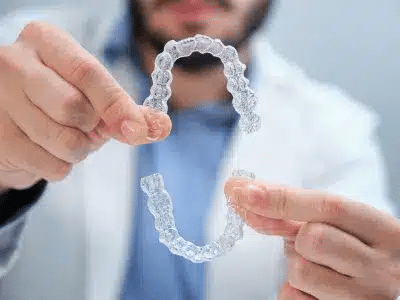
Invisalign & Beverages: A Quick Guide
Invisalign & Beverages: A Quick Guide If you’re starting Invisalign treatment, you may be wondering if you have to give up your favorite coffee or tea. Many people rely on these drinks to wake up in the morning or get through the day. The good news? You don’t have to quit! However, you do need to take a






